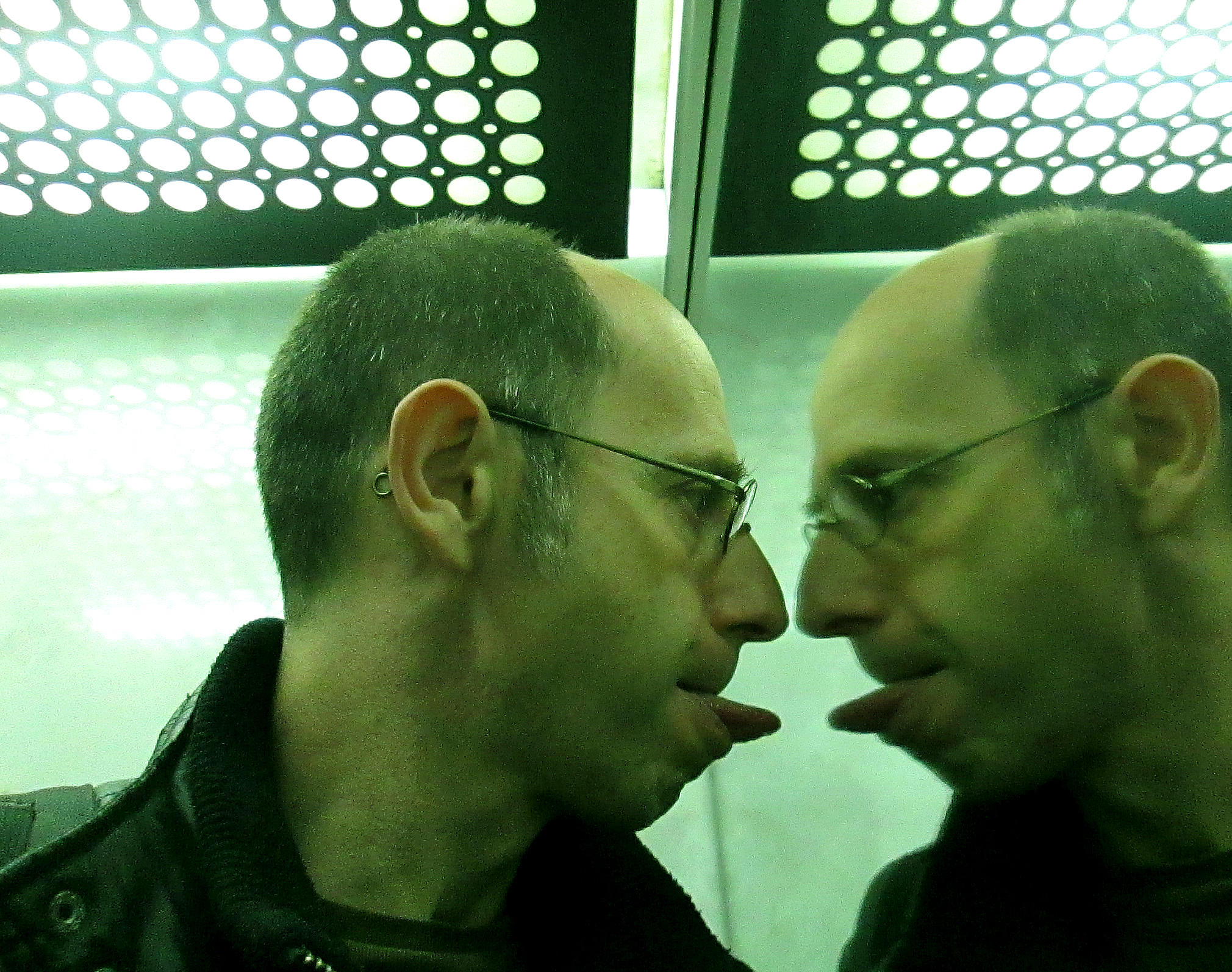Daniel Chust Peters (Sao Paulo, 1965, Brasil) viu i treballa a Barcelona. Artista visual, la seva obra artística està dedicada principalment a representar el seu taller, així com en la exploració de la complicitat que es pot establir entre l'espai de producció i els espais expositius. El mitjà i el suport en què prenen forma els seus projectes oscil·la entre l'objecte, la fotografia, el vídeo i la instal·lació.
Dins la seva trajectòria professional, destaquen els següents projectes: La Vie au grand air (2022), Galeria PM8, Vigo. The Swamp of Forever. Chapter 3: Standard (2020), Galeria Nogueras Blanchard, Barcelona. Dans l’Atelier. L’artiste photographié d’Ingres à Jeff Koons (2016), Petit Palais, Paris. Casa-Estudio-Calle-Barrio (2016), CentroCentroCibeles de Cultura y Ciudadanía, Madrid. Alt-architecture (2016), CaixaForum, Barcelona. The Gift (2015) Herzliya Museum of Contemporary, Israel. Portrais d’Artistes (2015), Lavallée, Brussel·les.
Han adquirit les seves obres: Col·lecció Art Contemporani “La Caixa”. Mumok–Museu d’Art Modern Fundació Ludwig de Vienna. Fonds municipal d’art contemporain de la Ville de París, (FMAC) Collection du Centre national des arts plastiques (CNAP), França. SMART Brussel·les. Fons d’art de l’Ajuntament de Barcelona. Col·lecció d’Es Baluard Museu d’Art Modern i Contemporani de Palma.

El fenomen de la presència del taller artístic en les obres d’art és un motiu constant, que és burlat, transgredit, admirat o mitificat. El 1990 vaig representar el taller de París amb 500 gr de mantega (1), el 2020 vaig representar el taller de Barcelona amb una pastilla per tractar el trastorn de dèficit d’atenció i hiperactivitat (2). Fa més de trenta-tres anys que la problemàtica sobre l’espai/temps del taller (3) integrat al sistema social ha estat una constant en la meva pràctica artística. El mètode que aplico és el següent:
1 - Tinc una idea: represento el meu taller.
2 - No tinc cap idea: represento el meu taller.
3 - Tinc una altra idea: represento el meu taller.
Les imatges del taller comencen a circular al llarg del pensament humanístic i es reforcen en el realisme (4), per exemple "L’art de la pintura" (1666) i "El taller del pintor, al·legoria real, determinant d’una fase de set anys de la meva vida artística (i moral)" (1855), representen la funció del taller per raons mercantils i de reconeixement social (5). Durant el segle XX fins a l’actualitat s’ha intensificat la qüestió del taller vers lo social. Per exemple l’exposició ‘The Sudio Reader on the space of artits’ (6) o la publicació d’ ’Être crâne. Lieu, contact, pensée, sculpture’ (7) o The Fall The Studio, Artists at Work (8), on es qüestiona el taller com a recurs, com escenari, com espai vivencial, com el no lloc. Les representacions del taller em genera un d’una sèrie d’interrogants: El mateix taller és una representació, per tant com replicar-lo en el sistema social?
1. "Airtel, 26, rue des Lyonnais, 75005, París" (1990).
2. "Air Vital, c/Massens, 41, baixos, 08024 Barcelona" (2020).
3. Les propostes de Daniel Buren, Robert Smithson només fan que ampliar la idea de taller, vers el taller tradicional.
4. Rodriguez, V., (2002) "L’atelier et l’exposition, deux espaces en tension entre l’origine et la diffusion de l’œuvre". Revue Sociologie et sociétés, vol. 34, nº 2, p. 121-138. (http://id.erudit.org/iderudit/008135ar).
5, Vicenç Furió (2008), "La imatge de l’artista, gravats antics sobre el món de l’art", Fundació Caixa Girona.
6. "Production Site: The Artist’s Studio Inside-Out", (2010) Museum of Contemporary Art of Chicago.
7. Georges Didi-Huberman (2000), "Être crâne. Lieu, contact, pensée, sculpture", Minuit, Paris.
8. Wouter Davidts & Kim Paice. (2009) "The Fall The Studio, Artists at Work", Wouter Davidts & Kim Paice (eds.)